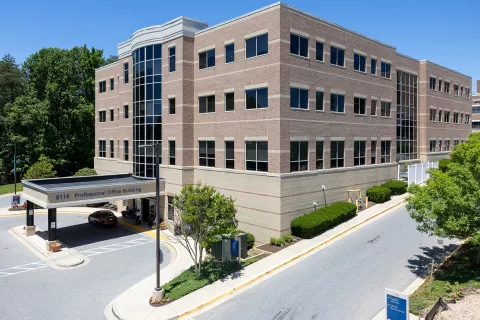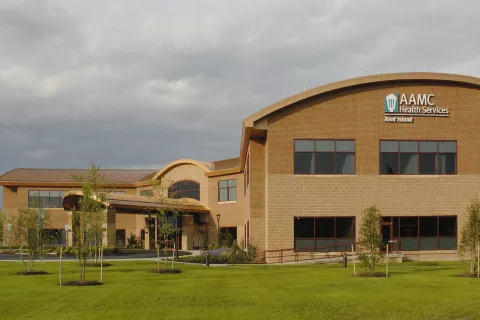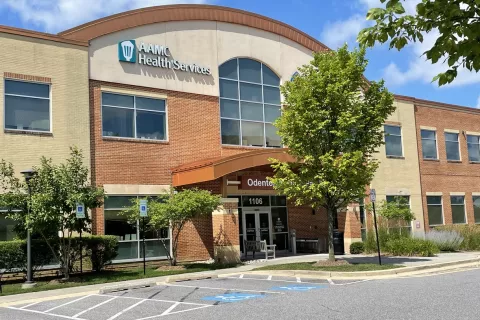Let's be real: Mammograms can be uncomfortable. But at Luminis Health Imaging, we make the process as smooth and painless as possible. That's because we want you to keep up with your routine mammograms. It's an important test. It lets us find breast cancer early, so we can stop it in its tracks.
If you're aged 40 or older, we recommend a mammogram every year. Once you're 55, you can switch to mammograms every other year. This is because menopause causes changes in breast tissue that makes breast cancer easier to find with imaging.
A family history of breast cancer is one reason why you may want to start breast cancer screening earlier. Talk with your doctor about what is best for you.
What is Mammography?
Mammography is a breast imaging test. Mammography uses low-dose x-rays to take pictures of your breast tissue. This allows radiologists to see lumps or abnormal tissue.
You may think, "Can't I just feel my breasts for lumps?" Self-exams are important, but you still need a mammogram. Your mammogram can find lumps that are too small to feel through the skin.
If the radiology team sees something in the mammography images that doesn't quite look right, we'll recommend more tests. These can include other breast imaging tests or a biopsy. It's natural to worry if your mammogram comes back abnormal. But keep in mind that an abnormal mammogram finding often ends up being no big deal, like a cyst.
Sometimes a screening mammography finds cancer. Routine mammograms let us find cancer earlier, when treatments have a higher rate of success. And when we catch cancers early, we have the best chance to use medications with fewer side effects.








